Home>Furniture & Design>Interior Design Trends>When Is Tempered Glass Required By Code
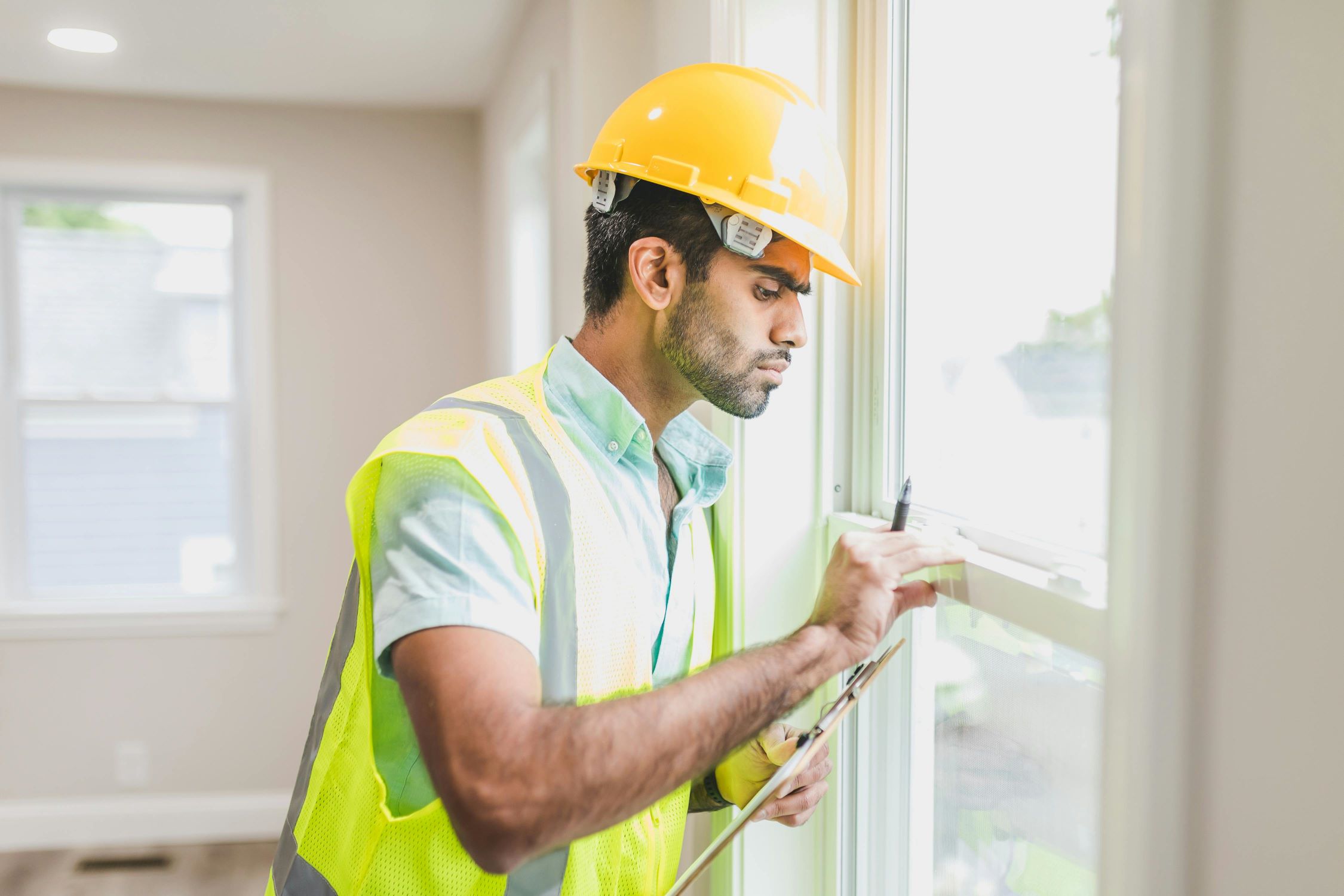

Interior Design Trends
When Is Tempered Glass Required By Code
Modified: October 19, 2024
Learn about the interior design trends and find out when tempered glass is required by code. Stay updated with the latest regulations and safety standards.
(Many of the links in this article redirect to a specific reviewed product. Your purchase of these products through affiliate links helps to generate commission for Storables.com, at no extra cost. Learn more)
Introduction
Tempered glass is a crucial component in modern architecture and interior design, offering both safety and aesthetic appeal. Understanding when and where tempered glass is required by building codes is essential for architects, interior designers, and homeowners alike. This article will delve into the specific areas and scenarios where tempered glass is mandated, as well as the exceptions to these requirements. Additionally, we will explore the numerous benefits of using tempered glass in various applications, shedding light on its unparalleled strength and versatility. By the end of this article, you will have a comprehensive understanding of the significance of tempered glass in building codes and the advantages it offers in interior design and construction.
Key Takeaways:
- Tempered glass is required in high-traffic areas like doors, windows, and bathrooms to minimize injury risk. It’s strong, safe, and perfect for creating secure and elegant spaces.
- Exceptions to tempered glass requirements exist for small panes, protected locations, historical preservation, and specialized glass types. Understanding these exceptions is crucial for informed design decisions.
Read more: What Is Tempered Glass
Building Codes and Regulations
Building codes and regulations serve as the cornerstone of safety and structural integrity in construction and interior design. These codes are established to ensure that buildings are constructed and designed to withstand various environmental and human factors, ultimately safeguarding the well-being of occupants. When it comes to glass installations, building codes play a pivotal role in determining where tempered glass is required to mitigate potential hazards.
The International Building Code (IBC) and International Residential Code (IRC) are widely recognized as the primary sources of regulations governing the use of tempered glass in construction. These codes outline specific criteria for when and where tempered glass must be utilized, taking into account factors such as location, size, and function of the glass within a building.
One of the fundamental principles guiding the requirement for tempered glass is the potential for human impact. Areas that are deemed vulnerable to impact, such as doors, windows, and glass panels near walking surfaces, are typically mandated to use tempered glass. This is due to the fact that tempered glass, when broken, shatters into small, granular pieces rather than sharp shards, reducing the risk of severe injury.
Furthermore, building codes often specify the use of tempered glass in specific locations where the glass is more susceptible to thermal stress or mechanical impact. For instance, glass installed in close proximity to bathtubs, showers, saunas, and hot tubs is typically required to be tempered. This is to ensure that the glass can withstand sudden temperature differentials and potential impacts, thereby minimizing the risk of breakage and injury.
In addition to human impact and thermal stress considerations, building codes also address the use of tempered glass in areas with heightened safety requirements, such as in close proximity to staircases, ramps, and balconies. These regulations are designed to enhance the overall safety of the building, reducing the likelihood of glass breakage and subsequent harm to occupants or passersby.
Understanding and adhering to these building codes and regulations is paramount for architects, interior designers, and contractors to ensure compliance and safety in their projects. By integrating tempered glass in accordance with these codes, they can create spaces that not only exude elegance and sophistication but also prioritize the well-being of those who inhabit or visit the building.
Areas Requiring Tempered Glass
The requirement for tempered glass extends to various areas within a building, each with its own set of considerations and safety implications. Understanding these specific locations is essential for ensuring compliance with building codes and regulations, as well as prioritizing the safety of occupants and visitors.
-
Doors and Entryways: Entrance doors, particularly those with large glass panels or sidelights, are often mandated to use tempered glass. This is due to the potential for accidental impact, especially in high-traffic areas. Tempered glass enhances safety by minimizing the risk of injury in the event of breakage, making it an ideal choice for doors and entryways.
-
Windows: Windows located in close proximity to walking surfaces, such as low-height or floor-to-ceiling windows, are typically required to utilize tempered glass. This requirement aims to mitigate the risk of injury in case of accidental impact or collision. Additionally, windows near doors or within reach of occupants are often subject to tempered glass regulations to enhance overall safety.
-
Bathrooms and Wet Areas: Glass installations in bathrooms, particularly around showers, bathtubs, and saunas, are commonly mandated to use tempered glass. The presence of water and fluctuating temperatures in these areas necessitates the use of tempered glass to minimize the risk of breakage and potential harm to occupants.
-
Staircases and Balconies: Glass railings and balustrades along staircases and balconies are often required to use tempered glass. This is crucial for ensuring the structural integrity and safety of these architectural elements, especially in high-traffic areas where accidental impact or pressure may occur.
-
Commercial Spaces: In commercial settings, such as retail stores, restaurants, and office buildings, glass partitions, doors, and display cases are typically mandated to use tempered glass. This requirement aligns with the emphasis on safety and durability in high-traffic public areas, reducing the risk of injury in the event of glass breakage.
-
Exterior Applications: Glass used in exterior applications, including storefronts, curtain walls, and glass canopies, is often required to be tempered. This is essential for withstanding environmental factors, such as wind loads and temperature differentials, while ensuring the safety of pedestrians and building occupants.
By recognizing the specific areas that necessitate tempered glass, architects, interior designers, and contractors can proactively integrate safety measures into their designs. This not only ensures compliance with building codes but also prioritizes the well-being of individuals interacting with the built environment. Tempered glass, with its exceptional strength and safety features, serves as a cornerstone in creating secure and visually stunning architectural spaces.
Exceptions to Tempered Glass Requirements
While building codes and regulations outline the widespread use of tempered glass in various architectural applications, there are specific exceptions where tempered glass may not be mandated. Understanding these exceptions is crucial for architects, interior designers, and contractors to make informed decisions regarding glass selection and compliance with building codes.
-
Small Panes: In certain scenarios, building codes exempt small glass panes from the tempered glass requirement. This exemption typically applies to glass panels with dimensions falling below a specified threshold, as defined by local building codes. Small panes, such as those in decorative windows or transoms, may be excluded from the tempered glass mandate due to the reduced risk of significant injury in the event of breakage.
-
Protected Locations: Areas that are deemed inherently protected from human impact or environmental stress may not necessitate the use of tempered glass. For instance, glass installed in locations where the likelihood of accidental impact is minimal, or where the glass is shielded by protective barriers or screens, may be exempt from the tempered glass requirement. This exception acknowledges the reduced risk of breakage and subsequent harm in such protected settings.
-
Historical Preservation: In the context of historical preservation and restoration projects, there are instances where the use of tempered glass may conflict with the preservation of original architectural elements. Local building codes and preservation guidelines may provide exemptions for historical structures, allowing for the retention of traditional glass types in certain applications, provided that safety considerations are adequately addressed through alternative means.
-
Specialized Glass Types: Building codes may allow for the use of specialized glass types, such as laminated glass or wire glass, as alternatives to tempered glass in specific applications. These specialized glass products offer enhanced safety features and may be deemed suitable for use in areas where tempered glass would typically be required. It is essential to consult local building authorities and code experts to determine the acceptability of these alternatives within the regulatory framework.
-
Residential Exemptions: Some residential building codes may provide exemptions for certain glass installations within single-family homes or low-rise residential structures. These exemptions may be based on factors such as the height of the glass from the floor, the size of the glass panel, or the presence of protective barriers. It is important to carefully review the specific exemptions outlined in residential building codes to ensure compliance in residential construction projects.
Understanding these exceptions to tempered glass requirements empowers design and construction professionals to navigate the nuances of building codes effectively. By recognizing when tempered glass may not be mandated, they can make informed decisions that align with safety standards and regulatory guidelines while meeting the unique requirements of diverse architectural projects.
Benefits of Using Tempered Glass
Tempered glass offers a myriad of benefits that make it an indispensable choice in architectural and interior design applications. Its unique properties and exceptional strength elevate the safety, functionality, and aesthetic appeal of spaces, setting it apart as a preferred glass option for a wide range of installations.
Read more: How To Tell If Glass Is Tempered
1. Enhanced Safety
One of the primary advantages of tempered glass is its remarkable safety features. In the event of breakage, tempered glass shatters into small, granular fragments rather than sharp, jagged shards. This characteristic significantly reduces the risk of severe injury, making it an ideal choice for areas where human impact or accidental collisions may occur. By prioritizing safety, tempered glass enhances the overall well-being of building occupants and visitors, instilling confidence in the structural integrity of architectural elements.
2. Exceptional Strength and Durability
Tempered glass is renowned for its exceptional strength and resistance to impact. Through a process of controlled thermal or chemical treatments, tempered glass achieves heightened toughness, making it more resistant to external forces and mechanical stress. This durability ensures that tempered glass can withstand a range of environmental factors, including wind loads, temperature differentials, and pressure, making it suitable for both interior and exterior applications. Its robust nature contributes to the longevity and reliability of glass installations, reducing the need for frequent replacements and maintenance.
3. Thermal Resistance
In areas where temperature differentials are prevalent, such as bathrooms, saunas, and exterior applications, tempered glass excels in withstanding thermal stress. The thermal tempering process imbues the glass with thermal resistance, enabling it to endure rapid temperature changes without compromising its structural integrity. This property is particularly valuable in environments where fluctuations in temperature are common, ensuring that the glass remains resilient and secure under varying thermal conditions.
4. Design Versatility
Beyond its safety and strength attributes, tempered glass offers unparalleled design versatility. Its clarity and transparency allow for unobstructed views and the infusion of natural light, creating visually open and inviting spaces. Additionally, tempered glass can be customized with various tints, coatings, and patterns, offering designers and architects the freedom to explore creative and innovative design concepts. Whether used in partitions, doors, railings, or storefronts, tempered glass contributes to the aesthetic sophistication of architectural elements, elevating the overall visual appeal of interior and exterior spaces.
Read more: How Thick Is Tempered Glass
5. Easy Maintenance and Cleaning
Tempered glass is inherently easier to maintain and clean compared to traditional glass types. Its smooth surface and resistance to scratches facilitate effortless cleaning, making it a practical choice for high-traffic areas and commercial spaces. The durability of tempered glass also reduces the likelihood of surface damage, ensuring that it retains its pristine appearance over time with minimal maintenance efforts.
In summary, the benefits of using tempered glass encompass enhanced safety, exceptional strength, thermal resistance, design versatility, and ease of maintenance. By integrating tempered glass into architectural and interior design projects, professionals can create spaces that not only prioritize safety and functionality but also exude timeless elegance and visual appeal.
Conclusion
In conclusion, the utilization of tempered glass in architectural and interior design applications is not only a matter of compliance with building codes and regulations but also a testament to the unwavering commitment to safety, durability, and aesthetic excellence. The comprehensive understanding of when and where tempered glass is required, as well as the exceptions to these requirements, empowers architects, interior designers, and contractors to make informed decisions that prioritize the well-being of building occupants and visitors.
By recognizing the specific areas that necessitate tempered glass, design and construction professionals can proactively integrate safety measures into their projects, ensuring compliance with building codes while fostering secure and visually stunning architectural spaces. The exceptional safety features, strength, and thermal resistance of tempered glass make it an indispensable choice for doors, windows, bathrooms, staircases, and a myriad of other architectural elements. Its design versatility further amplifies its appeal, allowing for the creation of open, inviting spaces that seamlessly blend functionality with aesthetic sophistication.
Moreover, understanding the exceptions to tempered glass requirements enables professionals to navigate the nuances of building codes effectively, making informed decisions that align with safety standards and regulatory guidelines. This nuanced understanding is particularly valuable in historical preservation projects and residential construction, where the preservation of original architectural elements and the unique requirements of residential spaces must be carefully considered.
The benefits of using tempered glass, including enhanced safety, exceptional strength, thermal resistance, design versatility, and ease of maintenance, underscore its pivotal role in elevating the quality and longevity of architectural and interior design projects. By integrating tempered glass, professionals not only meet regulatory requirements but also instill confidence in the structural integrity of architectural elements, creating spaces that stand the test of time while prioritizing the safety and well-being of those who inhabit or visit them.
In essence, the integration of tempered glass transcends mere compliance; it embodies a commitment to excellence, safety, and enduring design. As the architectural and interior design landscapes continue to evolve, tempered glass remains a steadfast cornerstone, enriching spaces with its unparalleled attributes and contributing to the creation of environments that seamlessly blend safety, functionality, and timeless elegance.
Frequently Asked Questions about When Is Tempered Glass Required By Code
Was this page helpful?
At Storables.com, we guarantee accurate and reliable information. Our content, validated by Expert Board Contributors, is crafted following stringent Editorial Policies. We're committed to providing you with well-researched, expert-backed insights for all your informational needs.
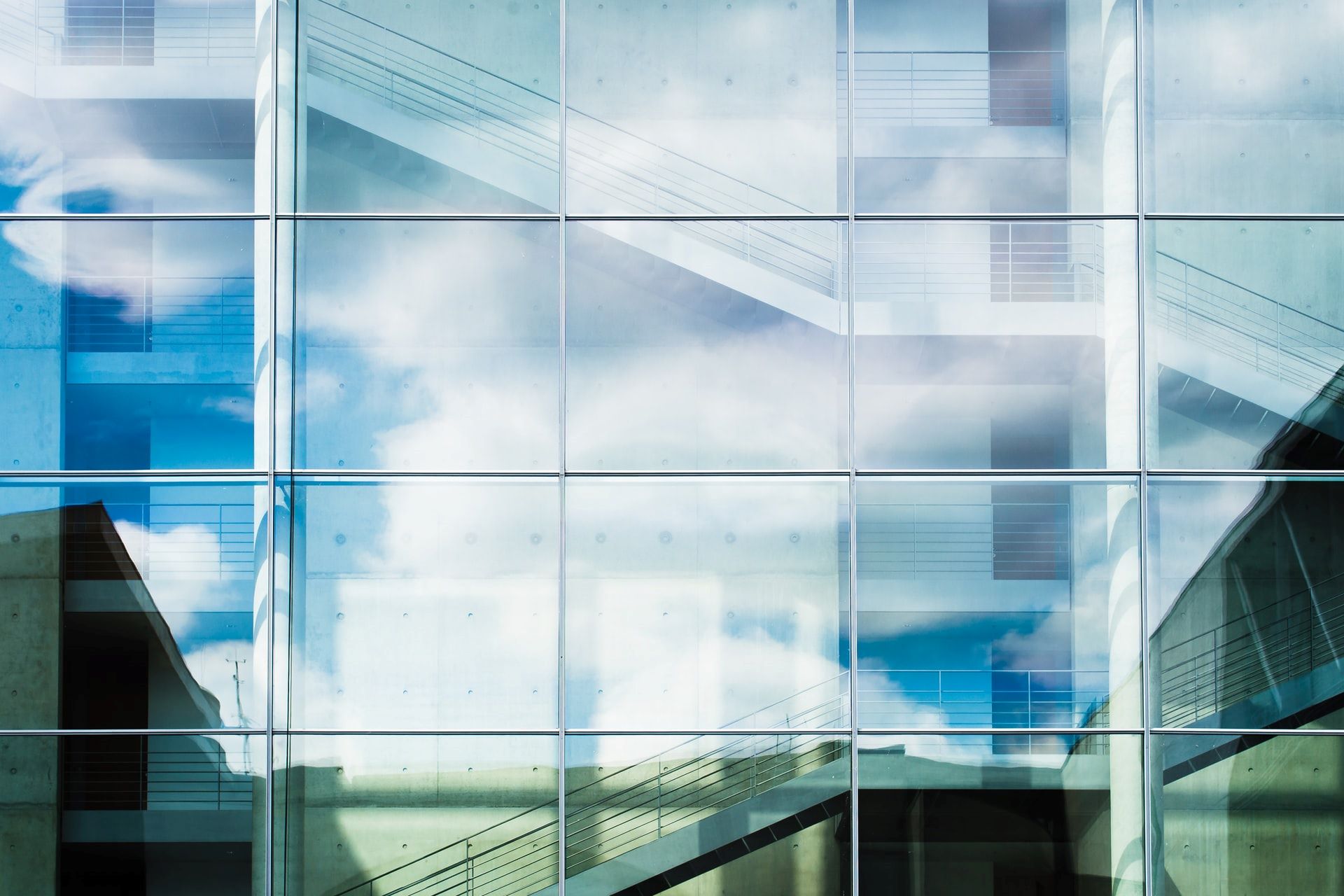
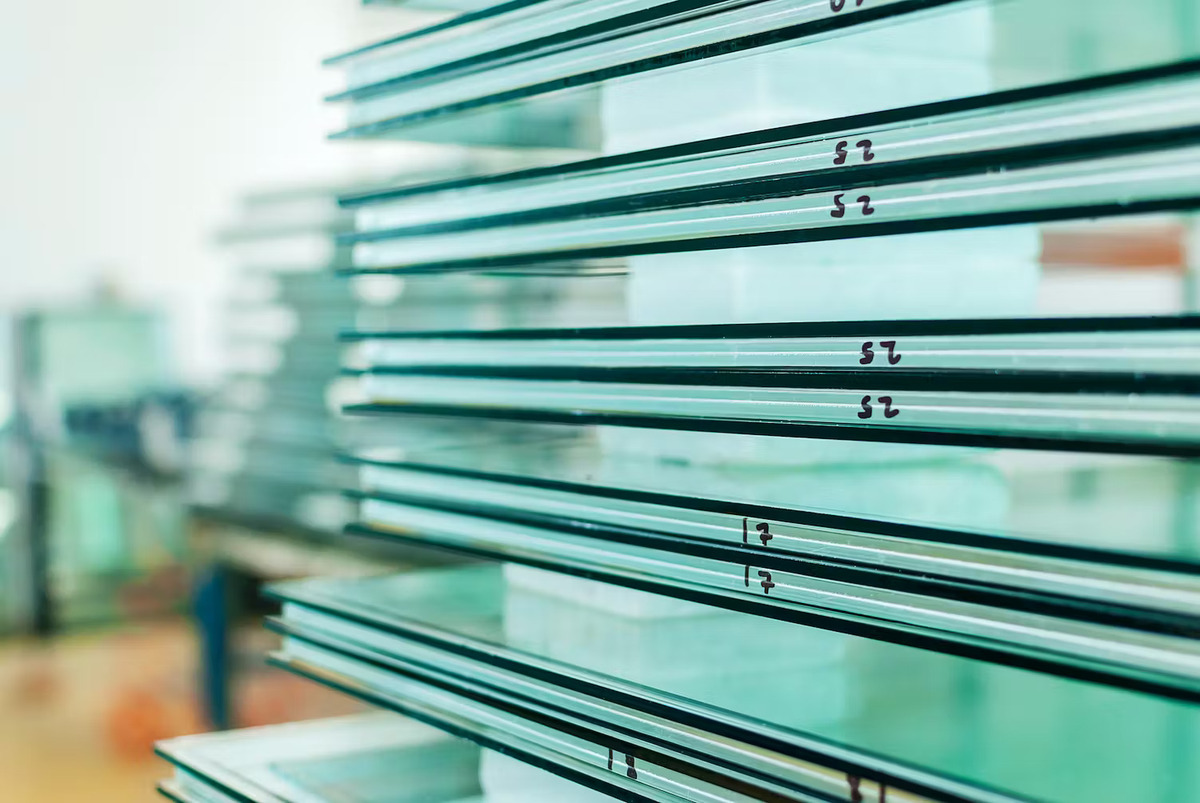
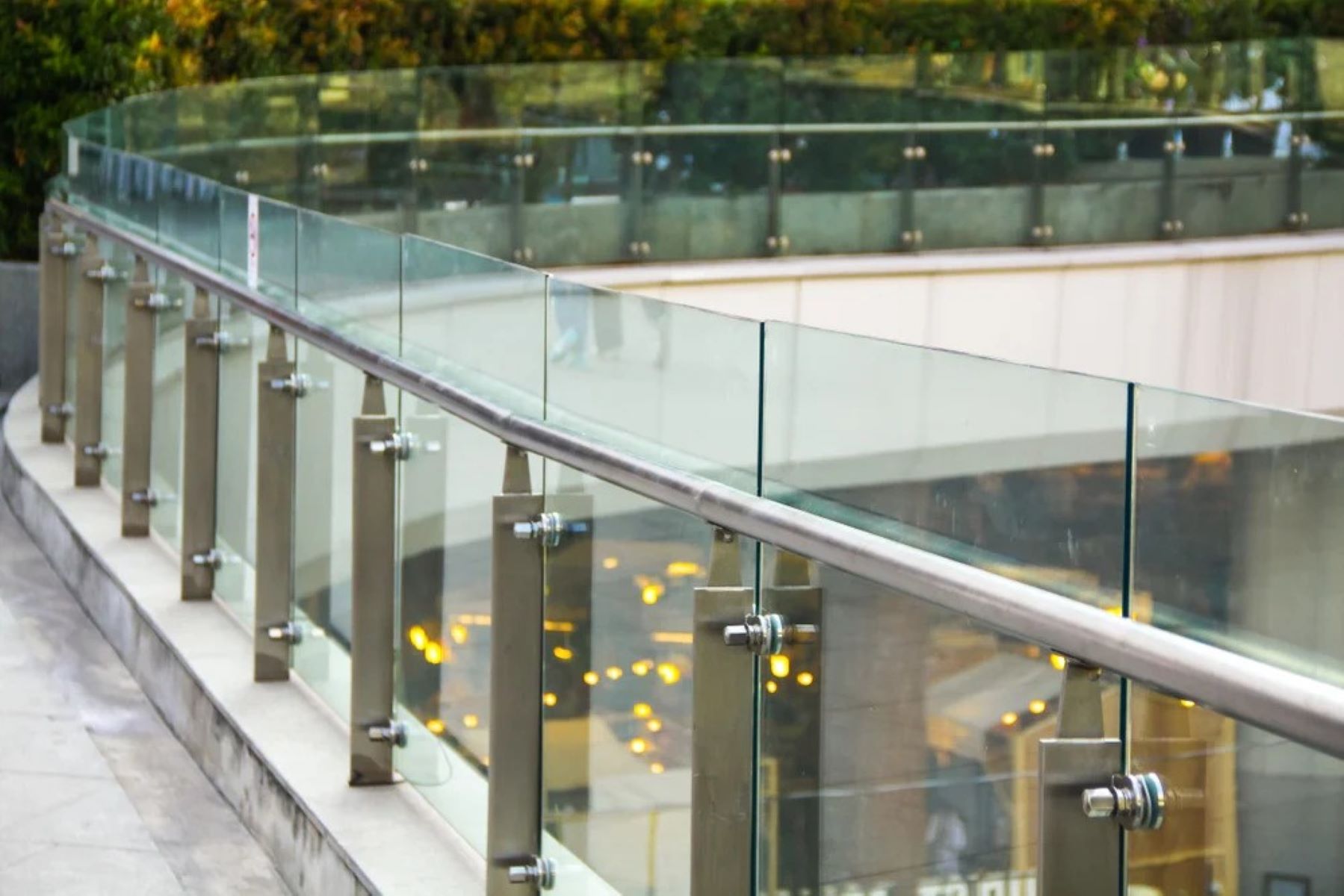
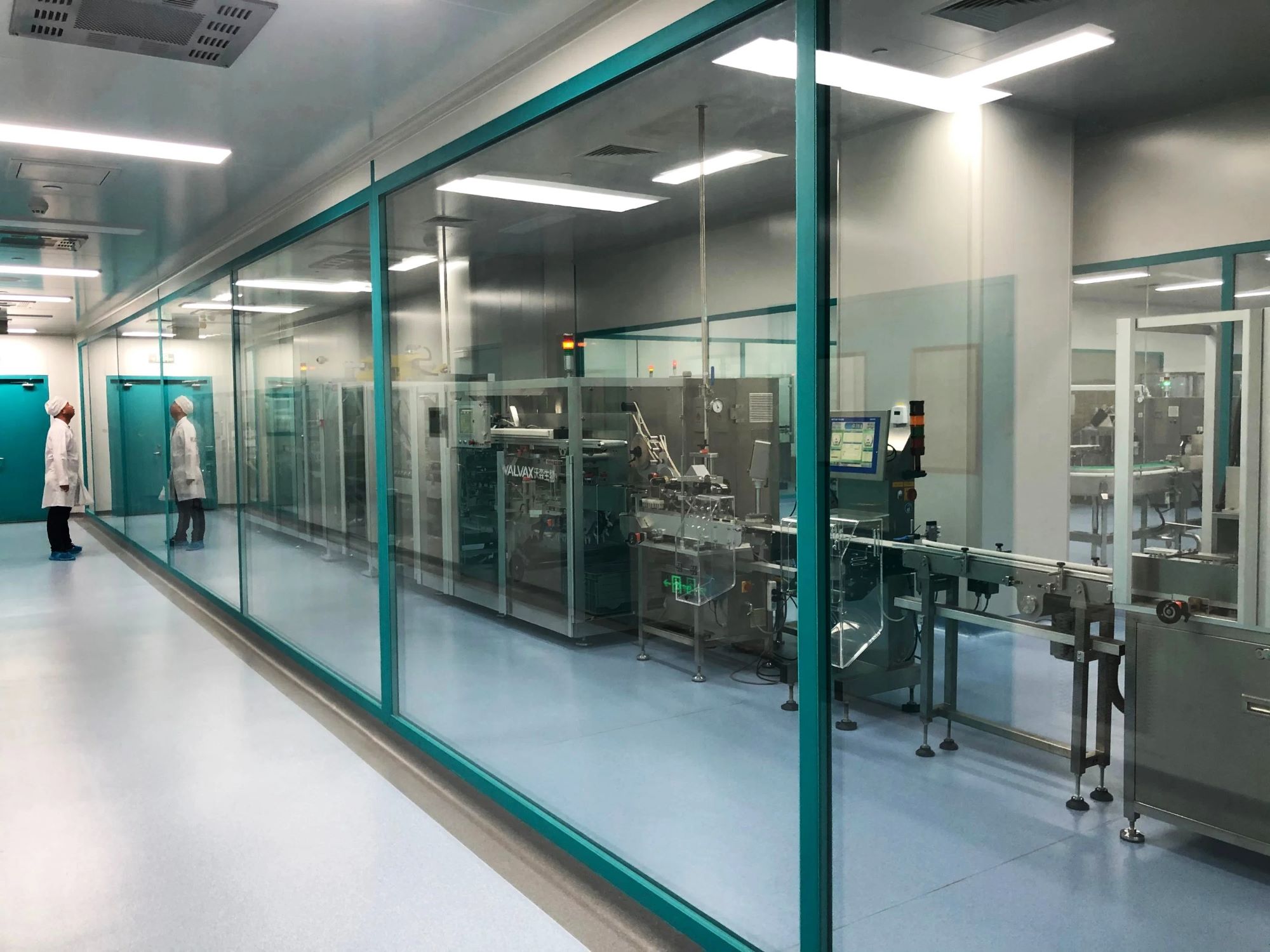

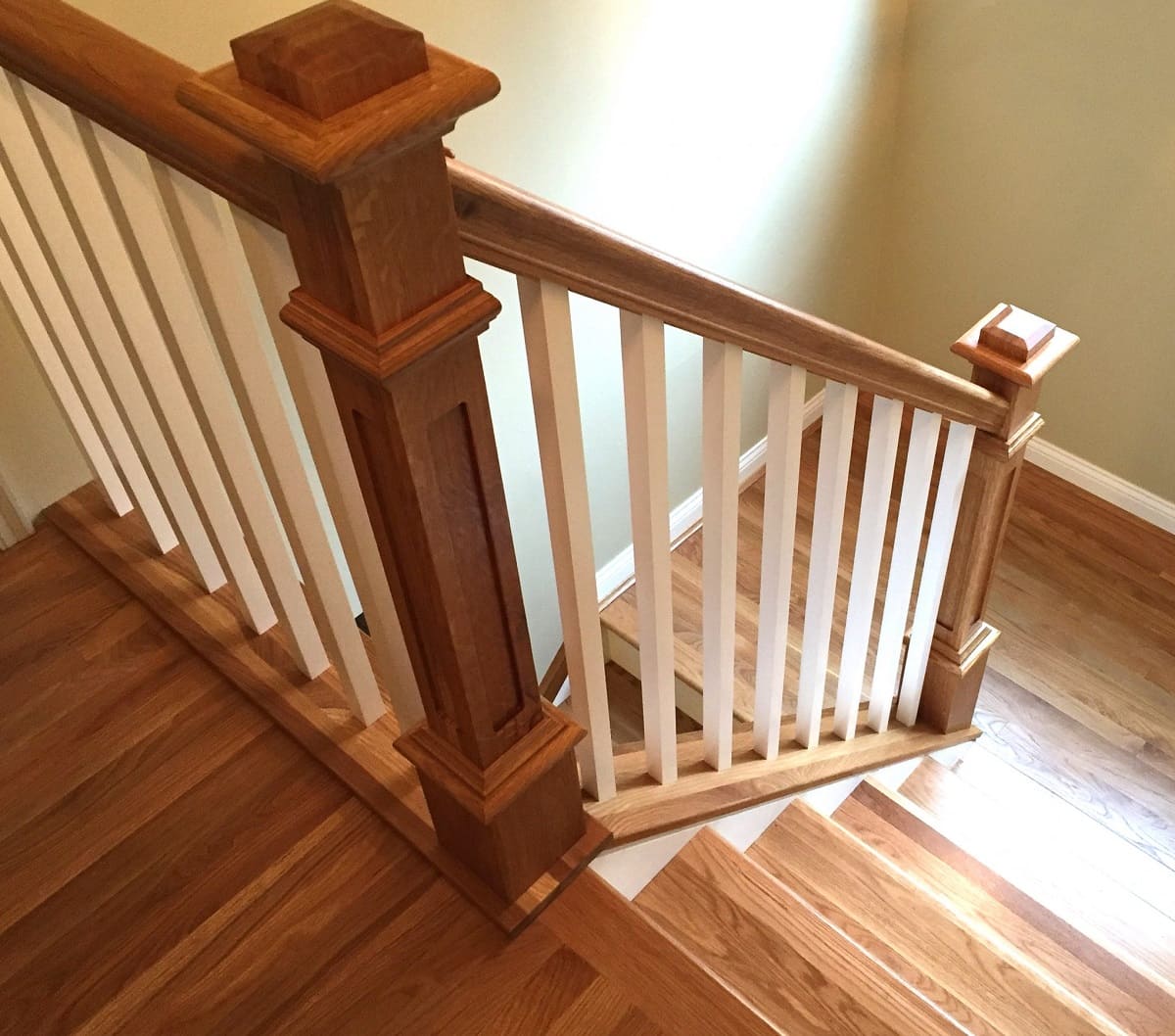
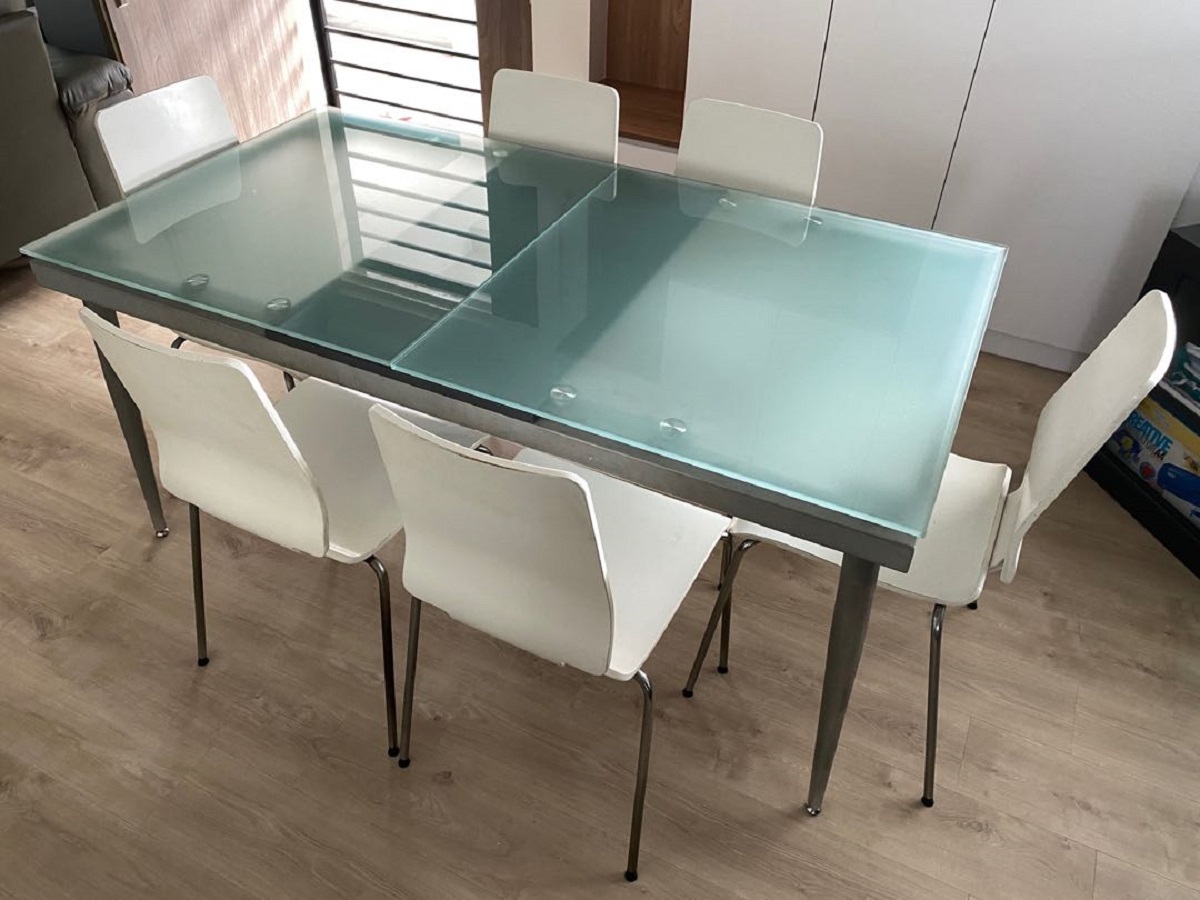
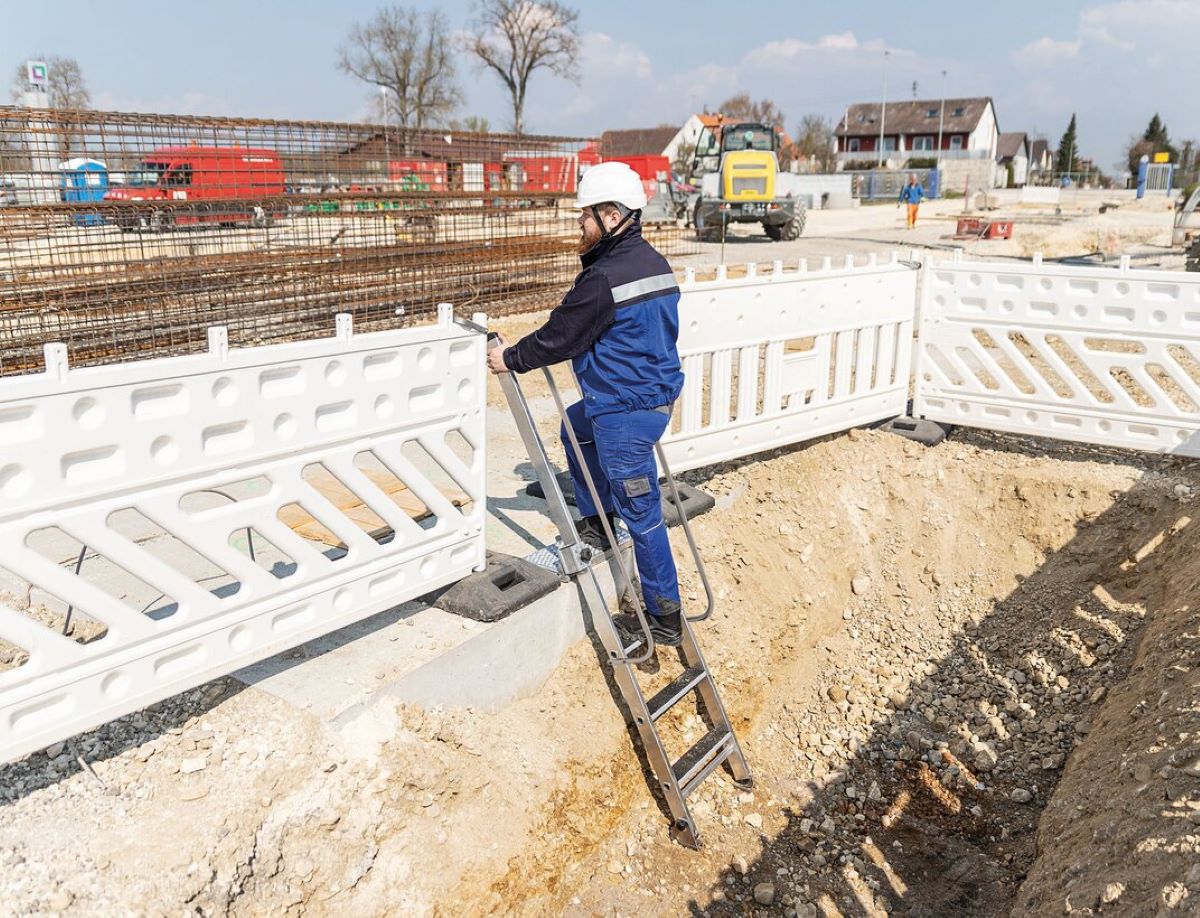
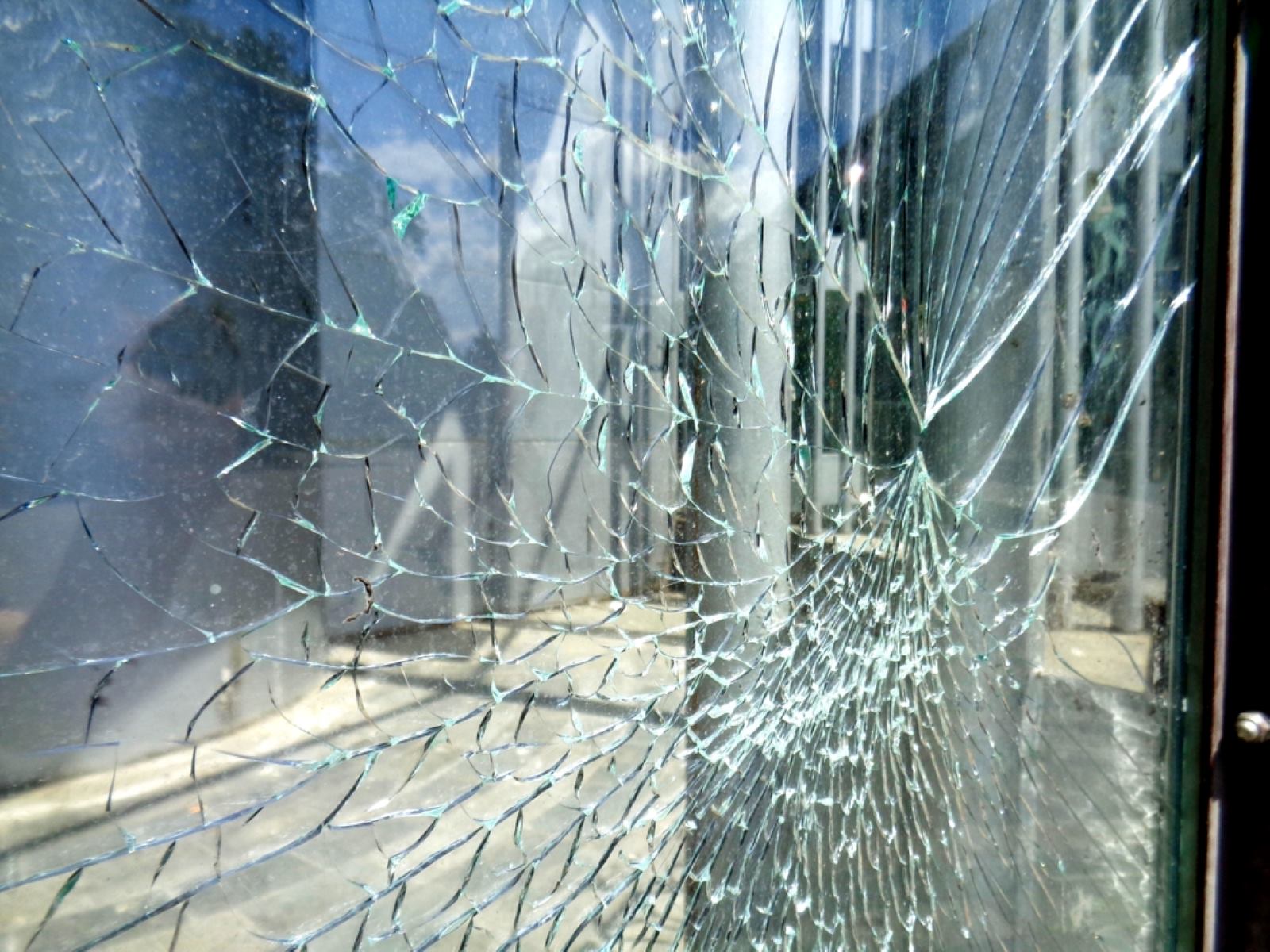


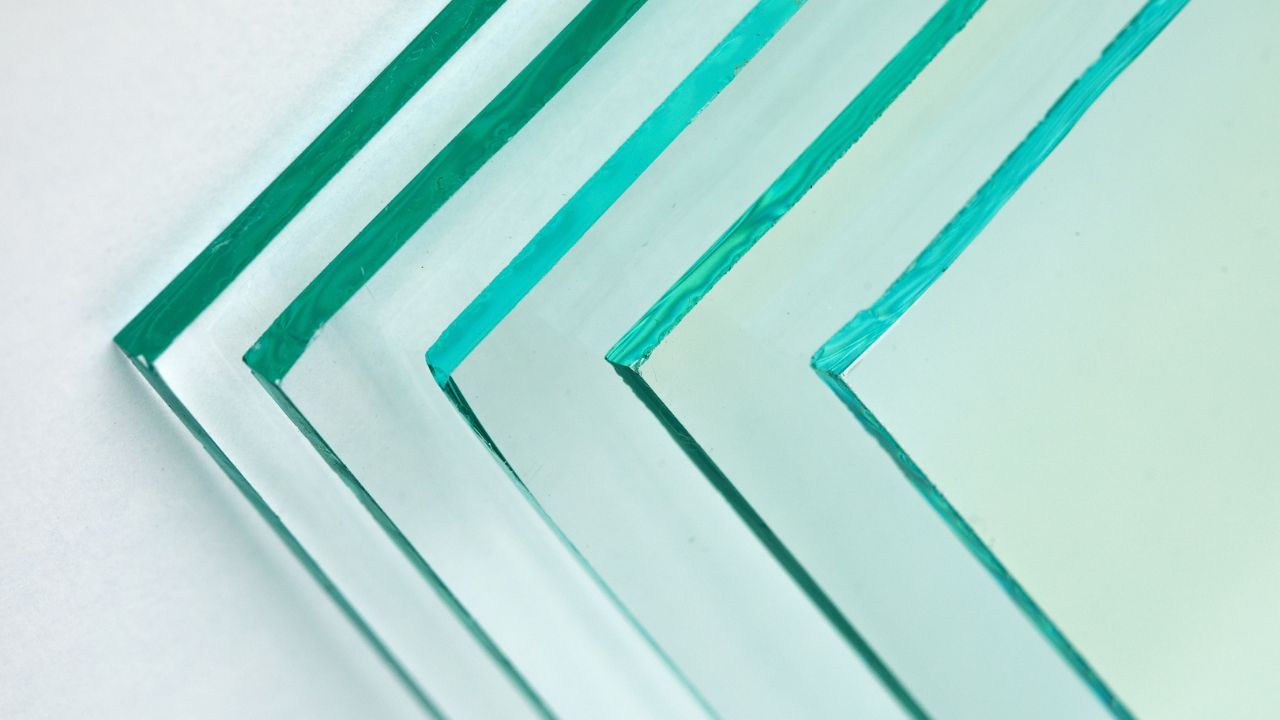


0 thoughts on “When Is Tempered Glass Required By Code”